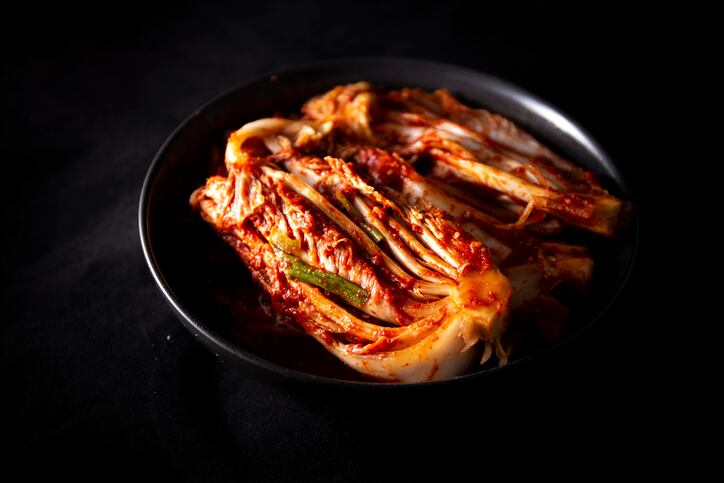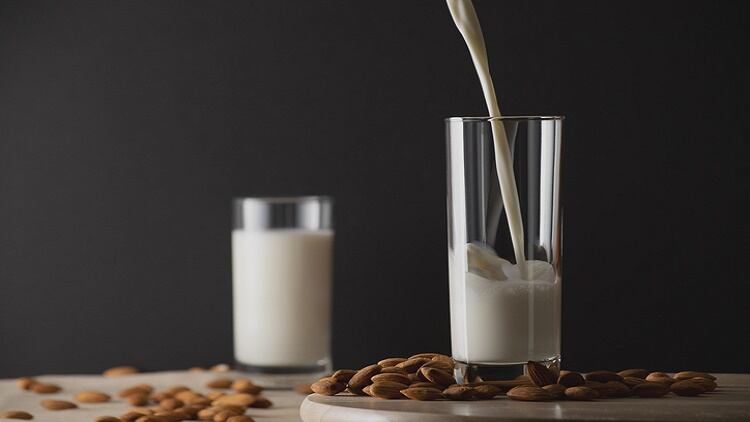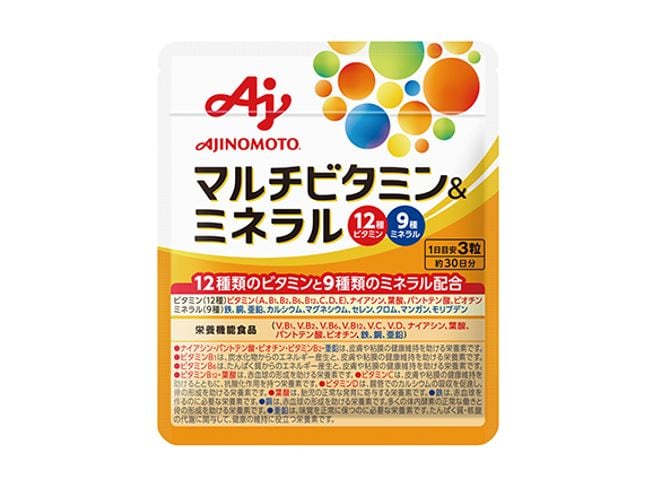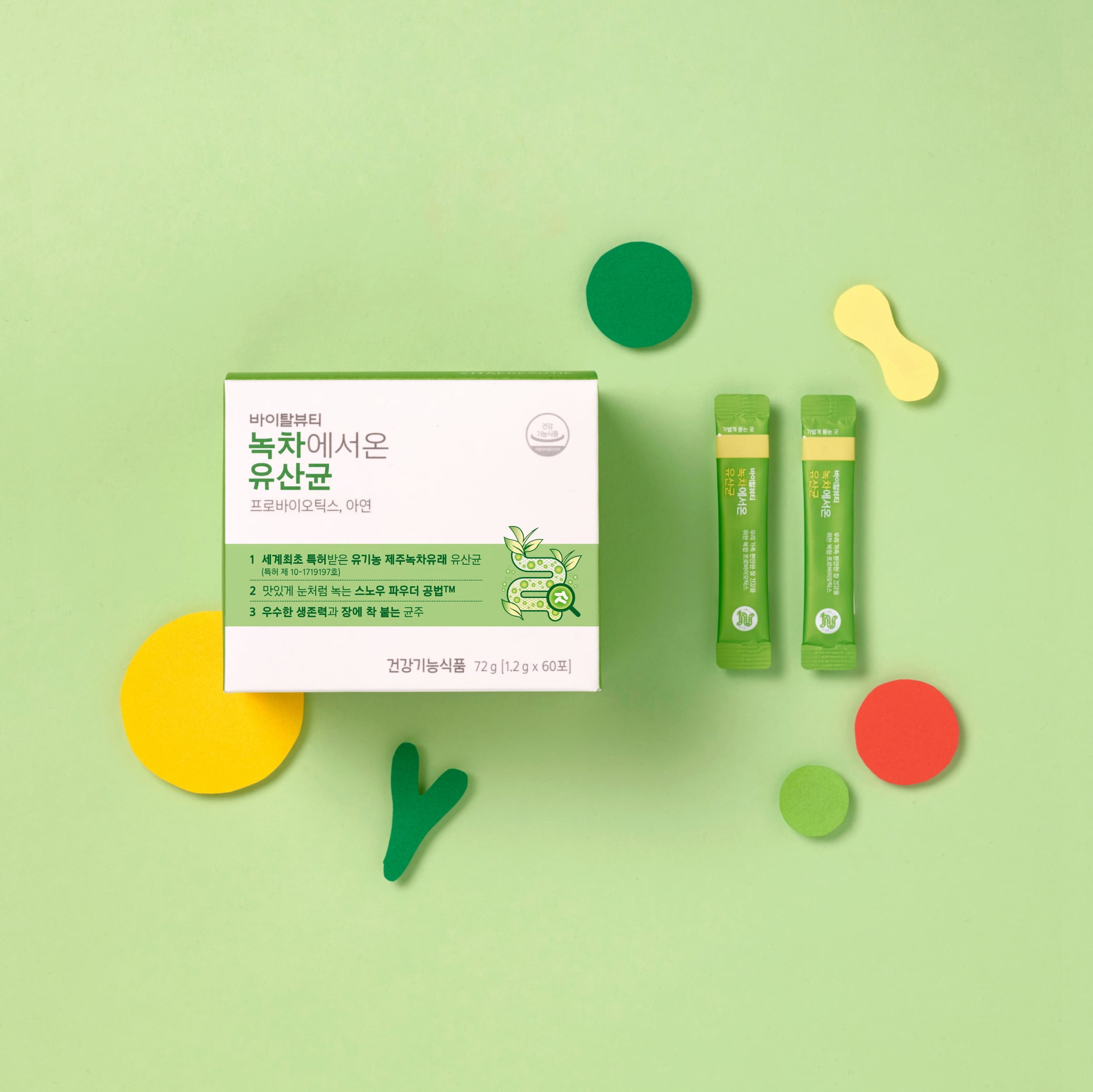The study observed that the intake of minerals except sodium was significantly lower in elderly living in rural areas compared to those in urban areas. The lack of minerals like calcium, phosphorous and potassium can lead to chronic diseases such as osteoporosis, obesity, and hypertension.
Published in the International Journal of Environmental Research and Public Health, researchers said these findings provided baseline data for future interventions, such as a nutrition programme to increase the mineral intake of rural elderly.
It also presents an opportunity for food firms to tap on mineral fortification to bridge the gap in the existing diet. For example, Phyto Corporation, a South Korean plant-based company, recently launched its plant-based, low-sodium, microplastic-free salt which it claimed to contain potassium, calcium, magnesium and iron.
Methodology
In this study, researchers analysed data from two Korea National Health and Nutrition Examination Survey (KNHANES) nationwide surveys (2013 to 2015 and 2016).
A total of 5292 participants of ages 65 years or older from both urban and rural areas were included, and a 24-hour dietary recall was conducted.
The mineral intake levels were determined by three categories; <75%, 75– 125%, or >125% based on the Recommended Nutrient Intake (RNI) for calcium and phosphorus and Adequate Intake (AI) for potassium. Macronutrients data were also collated.
Mineral gaps
Rural elderly were found to consume significantly less calcium (p=0.001), phosphorus (p<0.001) and potassium (p=0.003) than their urban counterparts.
83.4% of rural elderly fell into the lowest percentile for RNI (<75% RNI) for calcium, compared with 78.9% of urban elderly. This association was found to be significant (p=0.011). The recommended calcium intake is 800 to 1000mg per day.
The main sources for calcium were Chinese cabbage kimchi, milk and anchovy in both groups of elderly.
The researchers wrote that the low calcium intake was partly attributed to the limited food sources of calcium in the country.
“Unlike rice or vegetables, milk needs to be purchased from stores in most cases, because home production of milk is very challenging. However, accessibility to grocery stores for food purchase is lower in rural areas than in urban areas, possibly resulting in relatively low calcium intake from milk in the rural elderly.”
For phosphorus, 23.2% of rural elderly were consuming less than 65% RNI, compared to 17.6% of urban residents (p=0.001).
White rice and soybean were the major sources of phosphorus.
Taken together, calcium and phosphorus are known to lower the risk of hyperglycemia and cholesterol levels.
Researchers said phosphorus is abundant in the Korean diet such as meat, fish, eggs, nuts, vegetables, grains, and tofu which could explain why there were lesser participants who were not consuming enough phosphorus compared to calcium.
For potassium, 64.1% of rural residents consume less than 75% of the AI, compared to 56.2% of urban elderly (p<0.001).
White rice, kimchi, and oriental melon were the major sources for the rural elderly while urban elderly took to white rice, kimchi, and sweet potato.
Potassium has been reported to be protective against hypertension in several epidemiological and clinical studies.
Rice and sodium in excess
While the minerals were not consumed in enough amounts, sodium was consumed in excess for both rural and urban elderly.
The food sources that provided the most sodium were salt, doenjang (soybean paste), and kimchi for both groups.
In terms of macronutrients, rural participants were found to consume significantly more carbohydrates (p<0.001) and lower protein (p=0.002) and fat (p>0.001) than urban elderly.
Koreans have a traditional diet consisting of rice as staple food, soup, and side dishes, hence carbohydrates account for a high percentage of their diets.
The percentages of phosphorus and potassium intake that were derived from white rice were higher in rural participants than in urban participants, presumably because of the higher intake of carbohydrate in rural areas.
Source: International Journal of Environmental Research and Public Health
doi:10.3390/ijerph17103415
“Mineral Intake Status of Community-Dwelling Elderly from Urban and Rural Areas of South Korea: A Cross-Sectional Study Based on Korean National Health and Nutrition Examination Survey, 2013~2016”
Authors: Ji-Myung Kim and Yun Jung Bae




